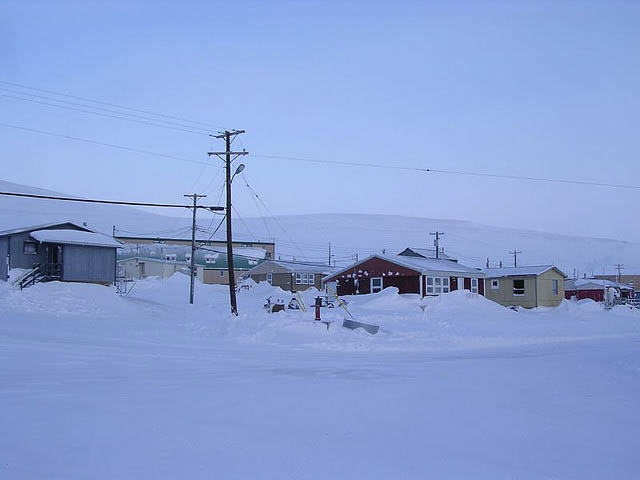King Charles III (then Prince Charles) is the first British monarch to be a qualified diver. One of his many accomplishments is scuba diving, which he began in the early 1970s. One of his underwater experiences was a half-hour dive under the Arctic ice in Resolute Bay, Canada, in April 1975, 47 years ago. During a trip to Canada, he collaborated with Joseph MacInnis, a physician and diver.
The 22-year-old Prince of Wales enrolled as a naval cadet at Britannia Royal Naval College in Dartmouth in September 1971, where he learned to scuba dive. He was following in his father, Prince Philip, Duke of Edinburgh’s, footsteps, who had learned to dive with the British Sub-Aqua Club. Charles succeeded his father as president of the British Sub-Aqua Club in 1974 and served in that capacity for the next 40 years. This role has now been passed down to Charles’ son William, who is also an active diver.
Resolute Bay, Nunavut
Resolute Bay (known as ‘no dawn’) is an Inuit hamlet on Cornwallis Island in Nunavut, Canada. It is part of the Qikiqtaaluk Region and is located at the northern end of Resolute Bay and the Northwest Passage. Resolute is one of Canada’s northernmost communities, second only to Grise Fiord on Ellesmere Island. The roads and most of the terrain are all gravel. It is also the closest transit location to Devon Island, the world’s largest uninhabited island, and, by extension, the world’s best-preserved crater, the Haughton impact crater, which formed about 31 million years ago.
The Canadian government has several buildings in the community, including the Martin Bergmann complex, which houses Natural Resources Canada’s Polar Continental Shelf Program, allowing Arctic Science Research.
The Polar Continental Shelf Project (PCSP) was established by the Government of Canada in 1958. The centre can house up to 40 scientists as a base before they go on field research. The PCSP strengthens Canadian sovereignty in the Arctic by providing researchers with efficient and safe logistics. It brings scientists from various organisations, including many Geological Survey of Canada researchers, together for interdisciplinary research on the Canadian Arctic.

The climate in Resolute is polar arctic (ET), with long cold winters and short cool summers. The average high temperature in Resolute for the year is 12.7 °C (9.1 °F), while the average low temperature is 18.6 °C (1.5 °F). Resolute has a very dry climate, with an average of 161.2 mm (6.35 in) of precipitation per year, the majority of which falls as snow from September to October. Resolute’s record high is 20.1 °C (68.2 °F) on July 2, 2012. Resolute’s record low is 52.2 °C (62.0 °F) on January 7, 1966.
I guess Charles’ comment “bloody cold” applies to both the water and Resolute Bay’s cold weather all year.






